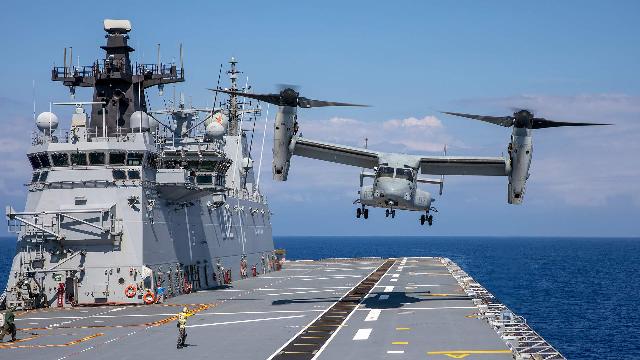The Russian Armed Forces are ready for military challenges from the North Atlantic Alliance, experts say
The NATO bloc is conducting large-scale Griffin Lightning 25 exercises in the Baltic, which will end on June 15. According to Nikolai Patrushev, Assistant to the President of the Russian Federation and Chairman of the Maritime Board, they are working out scenarios for seizing the Kaliningrad Region and blocking shipping in the Baltic Sea. The maneuvers take place on the territory of Estonia, Latvia, Lithuania and Poland and the adjacent waters. According to experts, Russia has all the necessary means to respond to such threats.
NATO exercises to capture the Kaliningrad region
The Alliance has been conducting such maneuvers near the Russian borders for the second year in a row. On them, NATO military personnel practice a long—range offensive from Vilnius to Odessa, the seizure of the Kaliningrad region, the blocking of shipping in the Baltic and Black Seas, and preventive strikes against the permanent bases of the Russian nuclear deterrent forces. This was stated by Nikolai Patrushev, Assistant to the President of the Russian Federation, head of the Maritime Board.
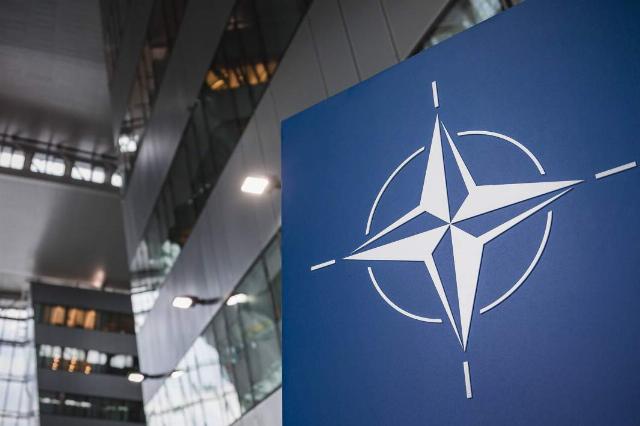
Photo: Global Look Press/Xander Heinl
Image Source: iz.ru
In his interview with TASS, he also drew attention to how British Prime Minister Keir Starmer threatens Russia with "the dubious power of the long-worn British fleet and the nuclear weapons on board its submarines." "He is echoed by [European Commission President] Ursula von der Leyen, [NATO Secretary General] Mark Rutte, and other functionaries," Patrushev said.
Griffin Lightning 25 takes place on the territory of Estonia, Latvia, Lithuania and Poland and in the waters of the Baltic Sea. The exercises began on April 1 and will last until June 15. They involve NATO operational management units, they practice "operations against an equivalent enemy," according to the website of the North Atlantic Alliance. At the same time, naval exercises began under the command and control of NATO Neptune Strike 25 in the Atlantic Ocean.
In the Baltic, NATO may work out the following scenario: a missile strike on the Kaliningrad region, followed by an amphibious landing and crossing of the Russian state border from Poland and Lithuania, suggested the former first deputy commander of the Baltic Fleet, Vice Admiral Alexander Brazhnik.
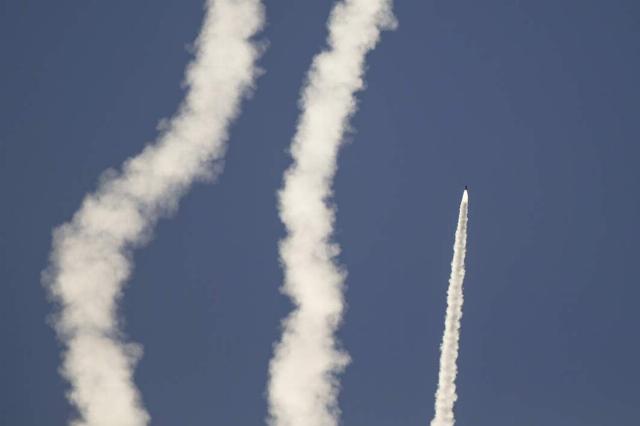
Photo: Global Look Press/Cpl. Brendan Mullin
Image source: iz.ru
— There is no threat from Russia, but they need their population to believe otherwise. This is done to keep oneself in power, because when the population is in fear, it is easier to manage them," he told Izvestia. — NATO, like Ukraine, is starting to violate international agreements. In particular, the Russian president has repeatedly pointed out that NATO ignores its own promise not to expand eastward, given in the 1990s. At the moment, five waves of expansion have taken place.
According to him, by 2022 our army was already ready to repel external threats. And the experience gained during the special military operation helped fill in the gaps — modernize weapons and improve the training of personnel.
How can Russia respond to the NATO countries in the Baltic
NATO can practice any actions, in particular the blockade of the Baltic Sea, but there are international rules for ships sailing on the high seas that they must comply with.
"No one has the right to seize ships," Admiral Vladimir Valuev, ex—commander of the Baltic Fleet, explained to Izvestia. — This is fraught with the fact that adequate actions will follow in response, relevant to those that will be taken to us. I believe that Russia has everything for this. We can respond either diplomatically or in any other way, including militarily. Here we are already using the forces of the Baltic Fleet, as well as the help of the Union state, which is nearby and within reach.
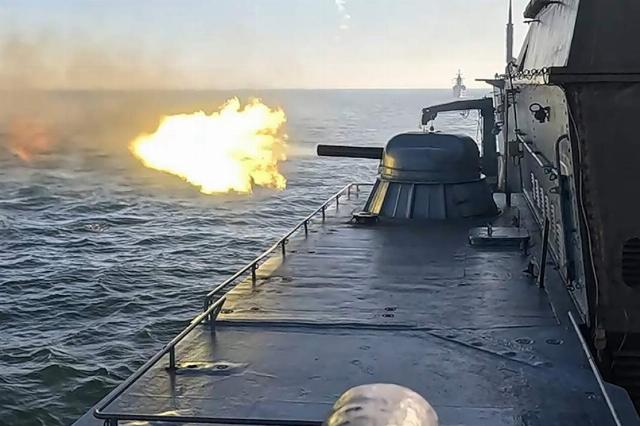
Photo: TASS/from the Baltic Fleet of the Russian Federation
Image source: iz.ru
For example, recently, Estonian President Alar Karis approved amendments to the law allowing the military to use force against ships that could damage cables or other underwater infrastructure. This was announced on April 14 by the ERR broadcasting company. It is specified that changes are being made to the law on the organization of the Armed Forces of Estonia, as well as to the legislation on the economic zone of the republic.
The forces and troops of the Baltic Fleet, as well as the Leningrad Military District, will repel such threats, said military expert Dmitry Kornev.
— They are armed with, for example, the Russian Iskander-M tactical missile system. With it, you can strike not only at ground targets, but also at groups and single ships. We also have coastal defense missile forces with Bal and Bastion complexes. If it is still possible to intercept the missiles of the first one, the X-35 subsonic missile is used there, then there will be problems with the second one. It is armed with supersonic Onyx anti-ship missiles, which are extremely difficult to destroy with modern air defense systems. And at a range of up to 300 km, these combat systems can be used on ships of absolutely any class," he told Izvestia.
The expert also noted that the Navy in the Baltic has Project 20380 corvettes with X-35 missiles and one of the lowest-noise submarines of Project 636, which can use Kalibr cruise missiles.
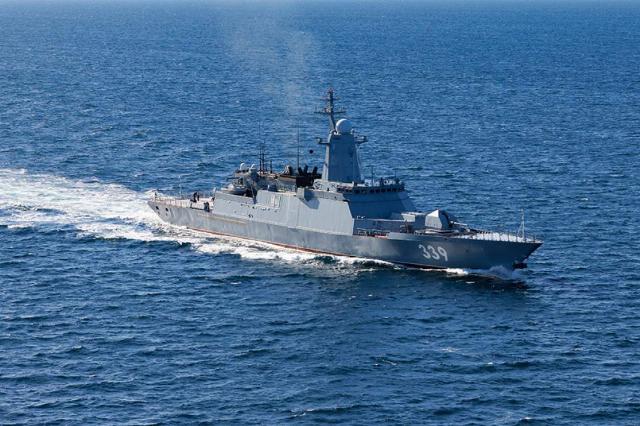
Corvette of project 20380 "Hero of the Russian Federation Aldar Tsydenzhapov"
Image source: Photo: TASS/Vadim Savitsky
— The Kalibrov carriers are also small missile ships that can launch missile strikes without leaving the base. The Baltic Fleet conducts such training regularly," Dmitry Kornev emphasized. — Our naval and front-line aviation has not only bombs, but also guided missiles. They can be used both on land objects and on ships. Therefore, Russia will be able to strike at any bases and facilities that will be involved in operations to block our shipping in the Baltic. We will also be able to protect ourselves and our ship formations from threats from the air with the help of S-400 anti-aircraft missile systems and fighter aircraft based in the Kaliningrad and Leningrad regions. So we will be watching the NATO exercises and learning how to counter their forces in the Baltic.
A week ago, the Russian Navy conducted exercises on the safety of navigation in the Kaliningrad region. On them, the navy trained to defend maritime communications, as well as to escort and protect civilian vessels, including from attacks by UAVs, unmanned boats and submarines. In total, up to 20 warships, boats and support vessels were involved.
The purpose of the NATO naval exercise in the Atlantic
On Monday, April 28, another NATO Dynamic Mongoose naval exercise began in the Atlantic off the coast of Iceland. It is one of three annual high-level anti-submarine warfare exercises conducted by the Allied Naval Forces Command (MARCOM) in the Euro-Atlantic Theater. They usually practice actions to search for and destroy submarines, coordinated operations at sea, and airborne maritime patrol missions in realistic conditions.
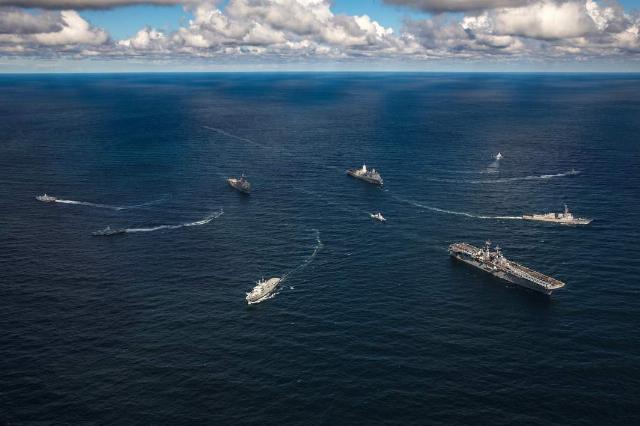
Photo: Global Look Press/US Navy
Image source: iz.ru
Other similar exercises are Dynamic Manta in the Mediterranean Sea and Dynamic Merlin in the Baltic Sea. The first took place in March of this year, the start date of the second has not yet been specified. All these exercises are aimed at honing the capabilities and skills of NATO's anti-submarine defense and working out operational tasks.
Julia Leonova
